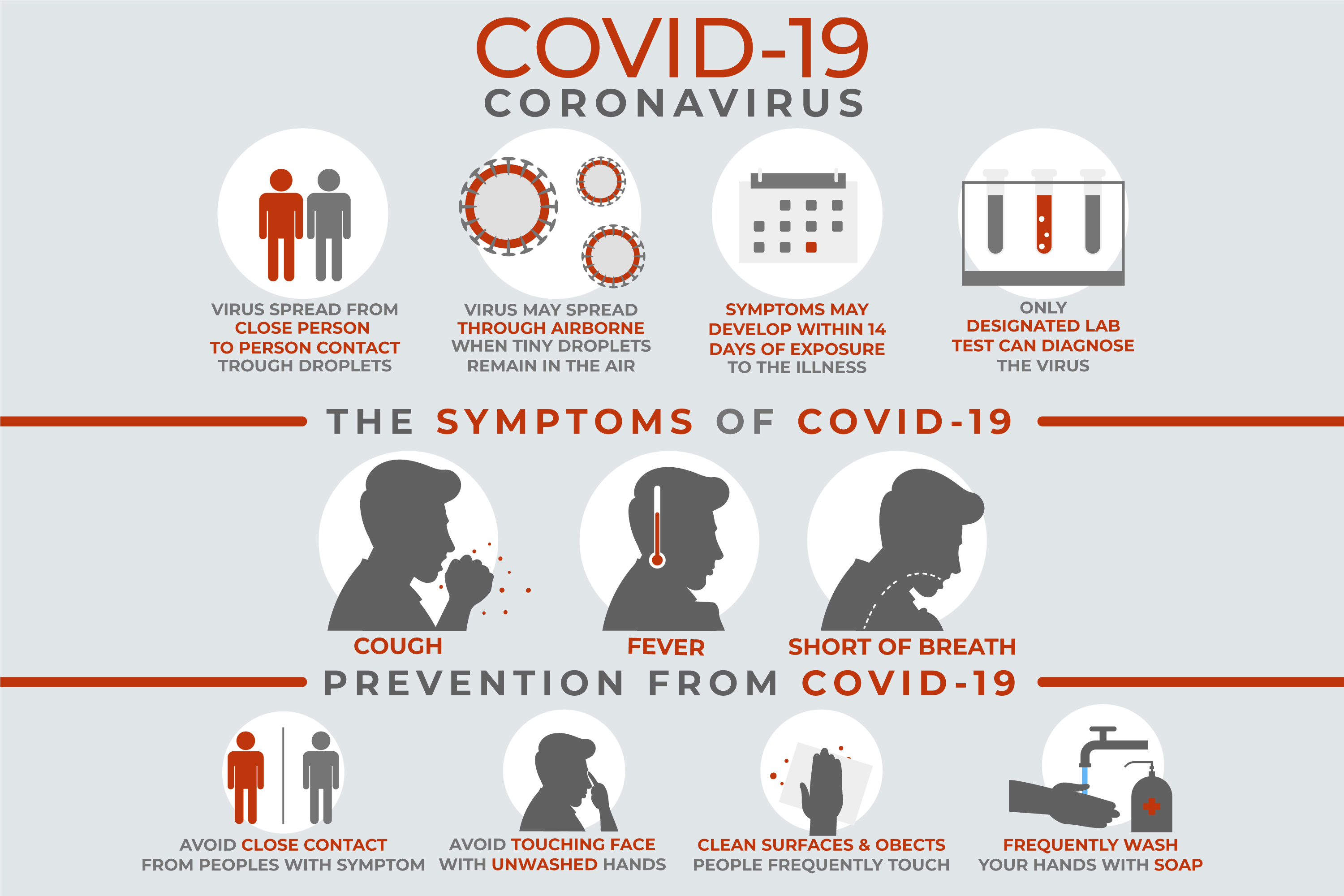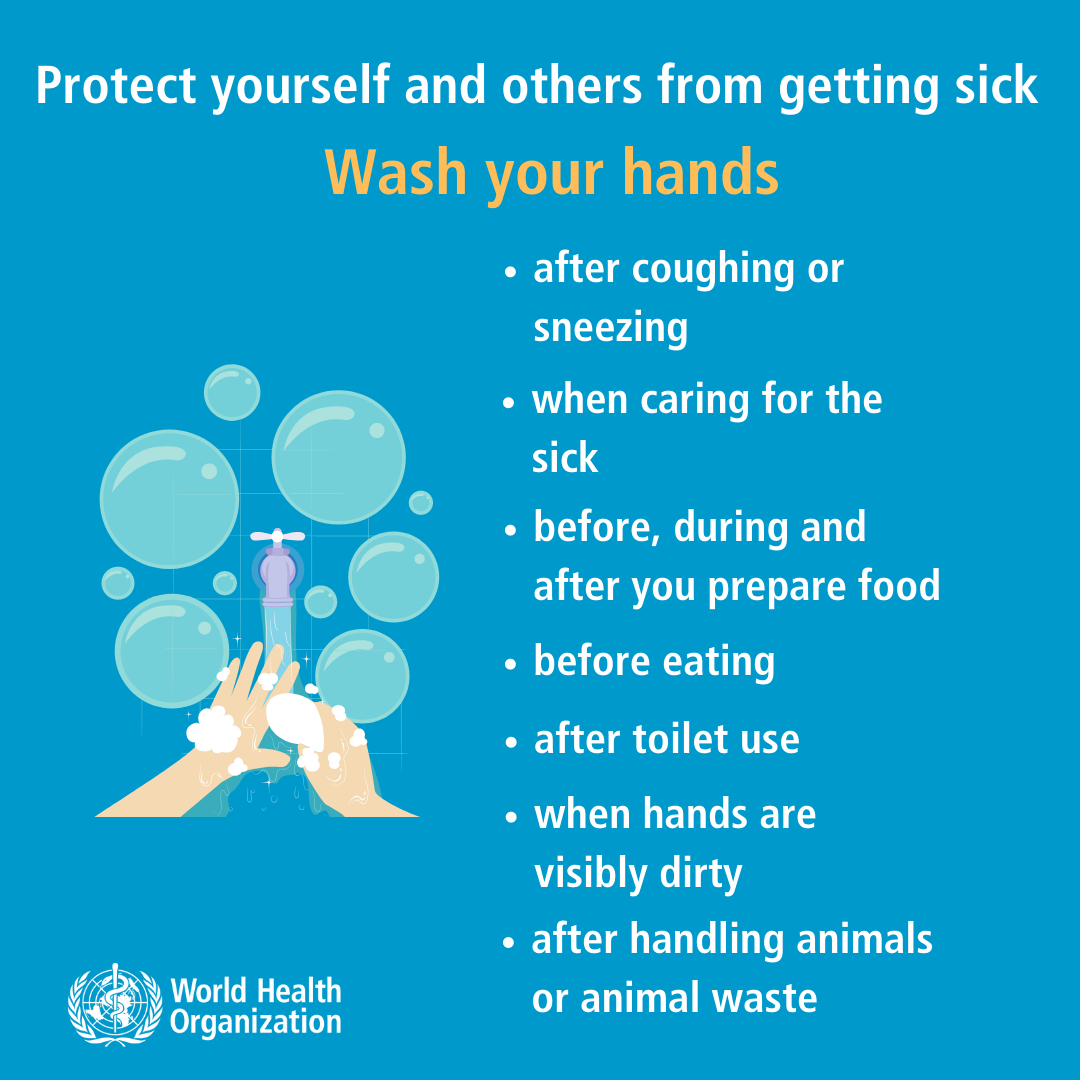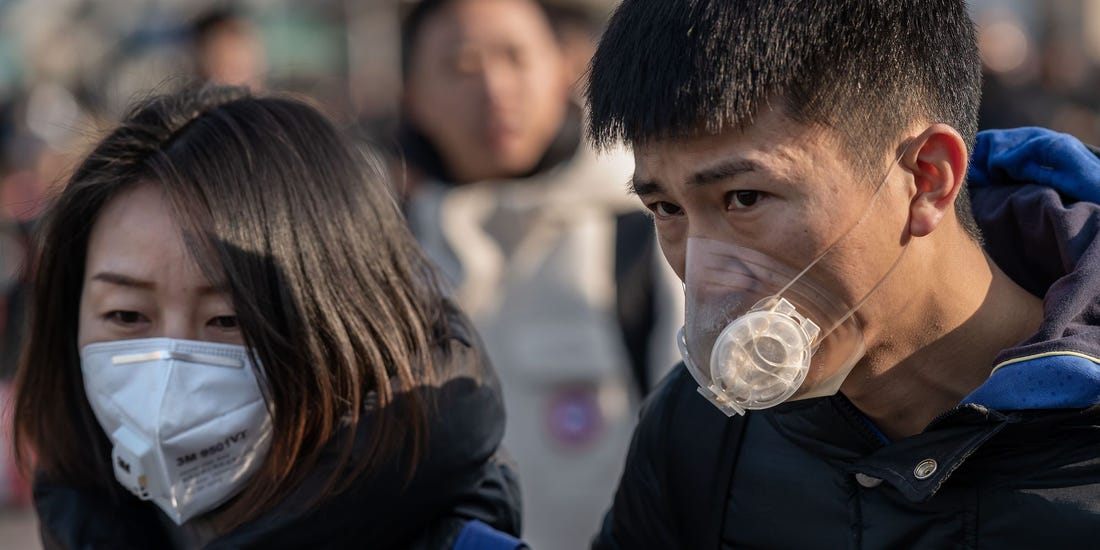https://images.hive.blog/DQmShVJrHWv8Ssqnhb1uMEpZvBBZ1inmvXzEUvkdJtke85e/maxresdefault.jpg

# The coronavirus, whose common name is Covid-19, has now been declared a pandemic by the World Health Organization. The virus, which causes serious human lung disease - previously unknown to scientists - has now spread from China to most of the world. # What is the virus?

Coronavirus is a contagious virus that has never spread to humans before. The virus has claimed the lives of 280,000 people worldwide. The number of infected worldwide has exceeded 4 million. Another name for the virus is 2019 - NCOV or Novel Coronavirus. It is a type of coronavirus. There are many species of coronavirus, but only six species can be transmitted to humans. However, due to the new type of virus, that number will be seven from now on. Outbreaks of SARS (full name Severe Acute Respiratory Syndrome) have been reported in China since 2002, killing 64 people and infecting 6,096. That too was a kind of coronavirus. The new disease was initially called by various names, such as: 'China virus', 'Coronavirus', '2019 Encav', 'New virus', 'Mystery virus' etc. In the second week of February this year, the World Health Organization officially named the disease Covid-19, which is an acronym for Coronavirus Disease 2019. What are the symptoms of the disease: In addition to respiratory symptoms, fever, cough, and respiratory problems are the main symptoms. It attacks the lungs. Symptoms usually begin with a dry cough and fever, followed by respiratory problems. It usually takes an average of five days for the symptoms to manifest. The World Health Organization says the incubation period of the virus lasts up to 14 days. However, according to some researchers, it can last up to 24 days. When people show symptoms of the virus, they are more likely to infect people. However, the idea is that people can infect healthy people even when they are not sick. Since the early symptoms are similar to those of the common cold and flu, it is normal to be hesitant to diagnose. The outbreak of the coronavirus reminds many of the SARS virus, which killed 74 people in many Asian countries in the early 2000's. Analysis of the genetic code of the new virus has shown that it is very similar to the SARS virus. "When we see a new coronavirus, we want to know how serious its symptoms are. The virus is a lot like the flu but not as deadly as the SARS virus," said Mark Ulhaus, a professor at the University of Edinburgh. # Where did the coronavirus come from? Many times new viruses come from an animal and start to settle in the human body. The World Health Organization's idea is that the source of the latest virus is an animal. As far as is known, the incident took place at a market where marine fish is sold wholesale in the city of Wuhan, China. The coronavirus virus is in the family, but the six viruses that were previously known are now new to humans. Most coronaviruses are not dangerous, but the previously unknown new virus is thought to be leading to an epidemic of viral pneumonia, and the World Health Organization has declared it an epidemic as the disease eventually spreads worldwide. # From which animal has the coronavirus spread?

Once the source of the virus is identified, the disease is much easier to deal with. Coronavirus is associated with the wholesale market for food in the South China Sea in Wuhan, China. Although some marine animals can carry the coronavirus (such as beluga whales), many live animals could be found in the market, such as chickens, bats, rabbits, snakes - these animals can be the source of the coronavirus. The researchers say the virus is closely related to a Chinese bat called Horseshoe. # How severe are the symptoms?

Fever begins with a viral infection, followed by a dry cough. About a week later the shortness of breath began. Many patients have to be hospitalized for treatment. So far, the death rate from this disease is low (between 1% and 2%) - but these figures are not entirely reliable. Some parts of Europe are now seeing higher mortality rates. According to a World Health Organization survey of 56,000 infected patients: 7% are seriously ill with this disease - they have a risk of lung failure, septic shock, paralysis and death. In 14% of the symptoms are severe. They basically create breathing problems. Mild symptoms are seen in 80% - some people may have pneumonia symptoms in addition to fever and cough. Older people and those with any type of illness (asthma, diabetes, heart disease, high blood pressure) are more likely to get seriously ill. According to data from China, men are slightly more likely to die from the disease than women. Physicians aim to ensure that the infected person receives respiratory assistance and that his or her immune system can fight the virus. # How can the virus be prevented?

The United States recently tested a vaccine in humans. The component of this vaccine is a genetic code for the Covid-Nineteen virus - which has been copied from the original virus. This copy is not dangerous, and it does not infect humans. Experts say the vaccine, or a few other vaccines that are now being studied - will take many more months to determine if it will work at all. Scientists around the world are trying to speed up research So far, the only way to prevent this is to prevent the virus from infecting others. # Which means: * Restricting the movement of human beings. * Encourage everyone to wash their hands. * Providing medical services to the patients separately after the protective clothing of the health workers * Intelligence or surveillance measures are also needed to find out if patients have the virus and to identify people who come in contact with patients. # What can change the virus?

The virus is transmitted from one animal to the human body and from one person to another is constantly changing its genetic makeup - called mutations. So there are fears that the virus may become more dangerous. But scientists are still trying to figure out the nature of the virus and how it can be prevented. News of deadly viruses such as SARS or Ebola occasionally comes through the news. This coronavirus is the latest in it. Scientists say the virus may already be 'mutating' inside the human body, changing its structure and multiplying - making it even more dangerous. The virus infects the human lungs and is transmitted from one person to another through the respiratory tract. The virus is spread through sneezing and coughing, just like the common flu or cold. # Why in China?

Professor Ulhaus says the main reasons for this are China's huge size and population density, and its close relationship with the animals that carry the virus. "It would not be a surprise if the next major epidemic were in China or in the region," he said. # How easily can the disease spread among humans? At the start of the outbreak, Chinese authorities said the virus was not spreading to humans - but such cases have now been found. Scientists now say that one infected person spreads the disease to an average of 1.4 to 2.5 people. This number is called the 'Basic Reproduction Number' - having more than one means the disease has become self-sufficient. So far we know that this is a virus that will not go away on its own. Only decisions taken in China, such as tough measures such as shutting down cities, can stop the spread of the disease. Although these numbers are still preliminary calculations, they are still comparing the coronavirus to the SARS virus. More worrying here is that people can spread the virus without any symptoms of the disease. However, it is not yet clear how quickly or easily it can occur, but it will make it more difficult for the virus to prevent infection. # What can be prevented after the mask? A great symbolic image for any news as the virus spreads is the face of a person wearing a mask. In many countries around the world, the use of masks is a popular way to prevent infections. Especially in China, where the spread of coronavirus has started, people always wear nose and face masks to protect themselves from air pollution. However, virus experts, called virologists, are skeptical about the effectiveness of the mask in preventing airborne virus infections. Can a virus be prevented after wearing a mask? However, there are some examples of the benefits of using this mask to prevent hand-to-mouth infections. The first surgical mask was introduced in the eighteenth century. But it was not until the Spanish flu pandemic of 1917 that the mask reached the masses. "Ordinary surgical masks are not enough to protect against airborne viruses and bacteria," Dr David Carrington of St George's at the University of London told the BBC. "Most viruses are airborne," he said, and these masks are so loose that they can't filter air properly. Moreover, whoever is using this mask, his eyes are open. However, this mask can help reduce the risk of sneezing or coughing up the virus. And it also gives some protection against hand-to-mouth infections. According to a 2016 study in New South Wales, people touch their hands with their hands an average of 23 times per hour. Jonathan Ball, professor of molecular virology at the University of Nottingham, said a controlled study in the hospital found that face masks made as respirators could prevent influenza. #informationwar #news #health #covid-19 #coronavirus #palnet #creativecoin #ocd #neoxian #teamserbia

Originally posted here: https://hive.blog/covid-19/@thikanavul/a-z-about-covid-19














No comments:
Post a Comment